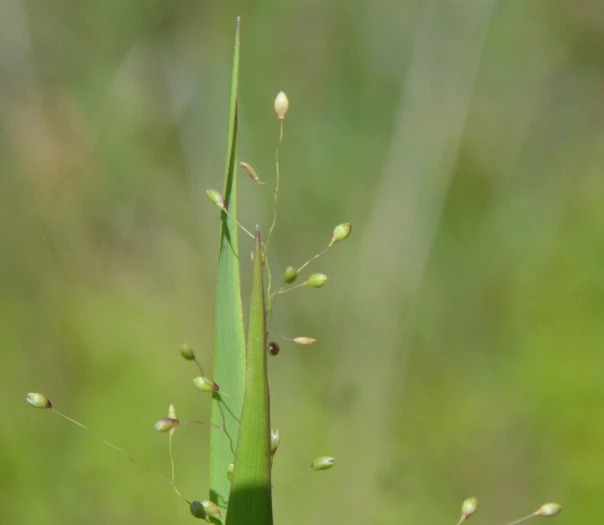Needleleaf Rosette Grass
(Dichanthelium aciculare)
Needleleaf Rosette Grass (Dichanthelium aciculare)
/
/

© Dan Johnson
CC BY 4.0
Image By:
© Dan Johnson
Recorded By:
Copyright:
CC BY 4.0
Copyright Notice:
Photo by: © Dan Johnson | License Type: CC BY 4.0 | License URL: http://creativecommons.org/licenses/by/4.0/ | Uploader: dan_johnson | Publisher: iNaturalist |

























Estimated Native Range
Climate Requirements for Jackson, Michigan
| This Plant | Your Site | Plant Suitability for Your Location | ||
|---|---|---|---|---|
| • Precipitation | 23" - 120" | 32" | Your precipitation may be insufficient for this plant. Irrigate N" / year. | Irrigate N" / year |
| • High Temp. | 58°F - 96°F | 83°F | Your summer temperatures are normal for this plant. | Excellent |
| • Low Temp. | -7°F - 67°F | 15°F | Your winter temperatures are normal for this plant | Excellent |
This plant should grow well at your location with about N inches per year (Y minutes per month) of irrigation.
Summary
Dichanthelium aciculare, commonly known as Needleleaf Rosette Grass, is a perennial grass native to the southeastern United States, particularly thriving in pine flatwoods, coastal plains, and sandhills. It is adapted to sandy, acidic soils and is often found in open, sunny areas. This grass typically grows up to 2 feet tall and forms dense tufts or clumps. The narrow, needle-like leaves give it its common name, and while it may not be showy, it plays a crucial ecological role.
Needleleaf Rosette Grass is valued for habitat restoration projects and the management of native grasslands. It is resilient to poor soil conditions and drought, making it an excellent choice for erosion control and as a pioneer species in degraded landscapes. In cultivation, it requires full sun and well-drained, acidic soils to thrive. While it is not commonly used in ornamental gardening, it can be utilized in naturalistic plantings and as a ground cover in appropriate regions. Its ability to support a variety of wildlife, including pollinators and birds, adds to its ecological importance.CC BY-SA 4.0
Needleleaf Rosette Grass is valued for habitat restoration projects and the management of native grasslands. It is resilient to poor soil conditions and drought, making it an excellent choice for erosion control and as a pioneer species in degraded landscapes. In cultivation, it requires full sun and well-drained, acidic soils to thrive. While it is not commonly used in ornamental gardening, it can be utilized in naturalistic plantings and as a ground cover in appropriate regions. Its ability to support a variety of wildlife, including pollinators and birds, adds to its ecological importance.CC BY-SA 4.0
Plant Description
- Plant Type: Grass
- Height: 1-2.5 feet
- Width: 0.5-1 feet
- Growth Rate: Rapid
- Flower Color: N/A
- Flowering Season: Spring, Summer, Fall
- Leaf Retention: Deciduous
Growth Requirements
- Sun: Full Sun, Part Shade
- Water: Low
- Drainage: Fast, Medium
Common Uses
Erosion Control, Low Maintenance
Natural Habitat
Native to pine flatwoods, coastal plains, and sandhills in the southeastern United States
Other Names
Common Names: Needleleaf Witchgrass, Hairy Witchgrass
Scientific Names: Dichanthelium aciculare, Dichanthelium aciculare subsp. fusiforme, Dichanthelium aciculare var. ramosum, Dichanthelium fusiforme, Panicum aciculare, Panicum aciculare, Panicum aciculare var. aciculare, Panicum aciculare var. ramosum, Panicum arenicola
GBIF Accepted Name: Dichanthelium aciculare